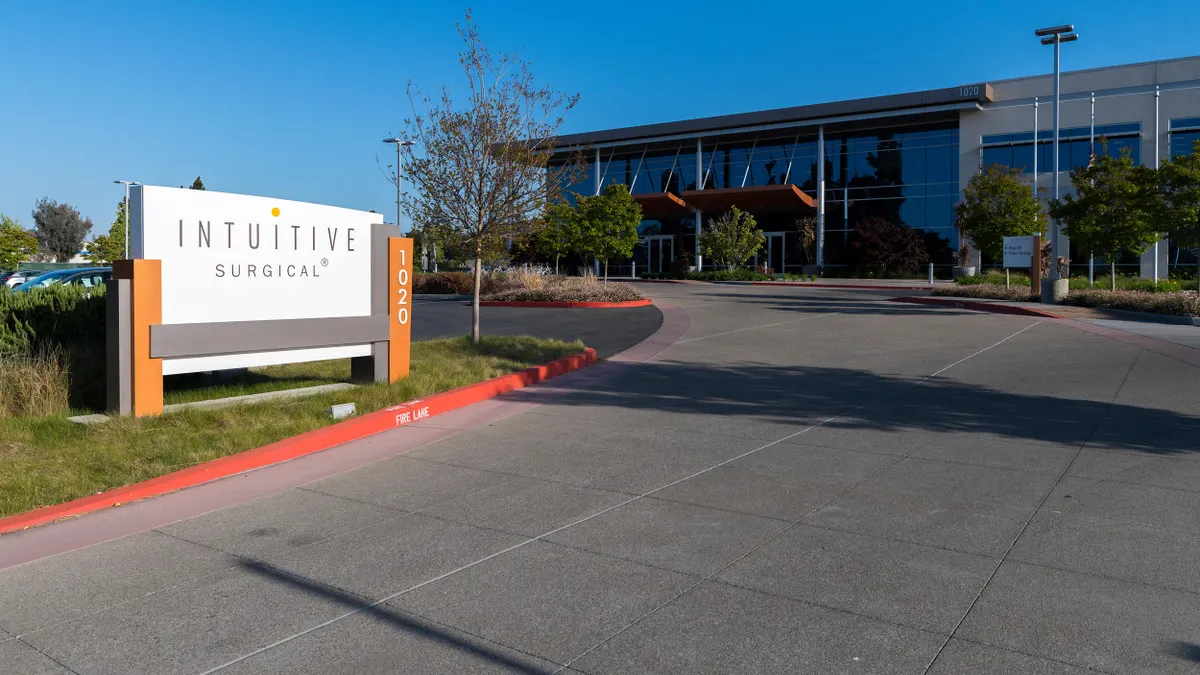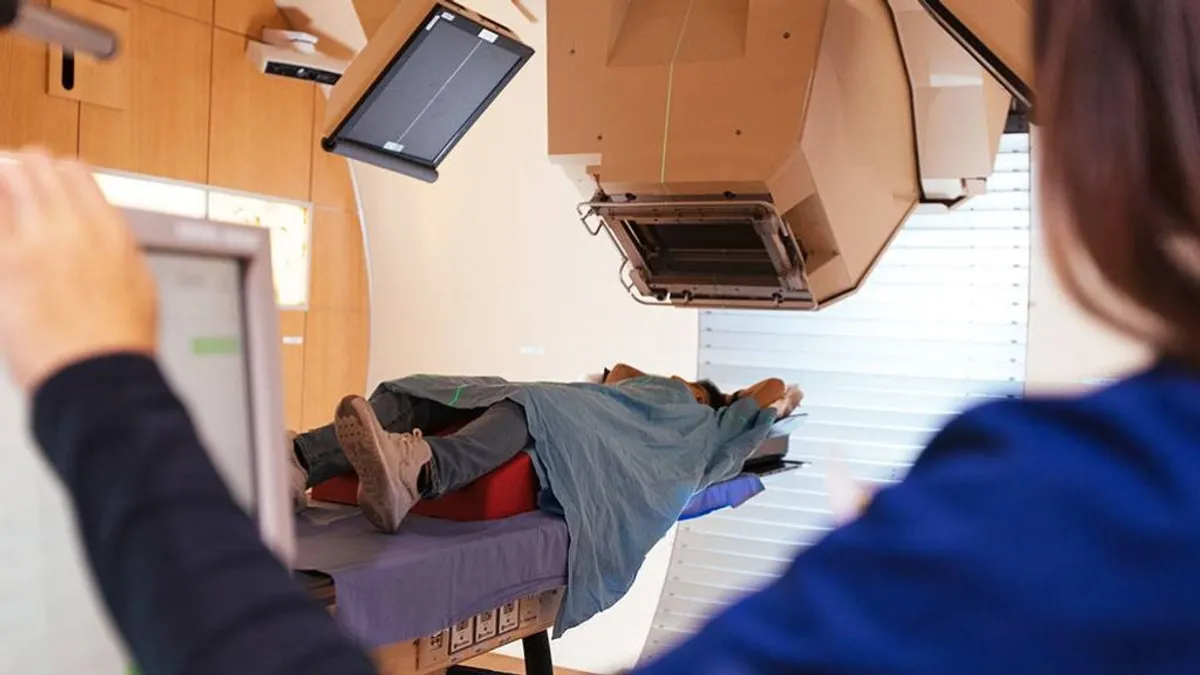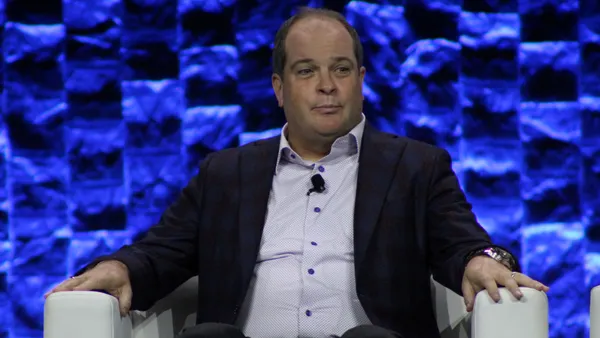Editor’s note: Scott Nelson is a founding partner and managing director of medtech accelerator Big Sky Biomedical, and president and CEO of FastWave Medical. In 2015, he co-founded Joovv, and led the company from zero to $20M in topline revenue within four years of launching its first product. Previously, Scott held life science leadership positions at CR Bard, Boston Scientific, Covidien, Medtronic and Touch Surgery.
Today there are limitless possibilities and opportunities for life science entrepreneurs. Our industry is incredibly varied, from cutting-edge consumer products that are transforming beauty and fitness, to novel medical technologies that are revolutionizing patient care. These consumer and patient spheres used to feel more distinct, but today they are converging across the healthcare industry like never before.
Consumer expectations and preferences are increasingly shaping how medtech products are developed. Factors like customer engagement and patient satisfaction have become crucial differentiators that can help accelerate the adoption of innovative new medical technologies. Medtech leaders should be taking advantage of this landscape by applying direct-to-consumer (DTC) best practices to their businesses.
Key Insights that Medtech Entrepreneurs Can Steal from DTC Businesses
The medical device space is often seen as a slower moving, more old-fashioned industry than biotech, digital health, SaaS, and other innovative technology categories. But it doesn’t have to be this way. Entrepreneurs who are willing to leverage proven DTC strategies can gain a competitive advantage in medtech, bringing products to market faster and commercializing more efficiently.
There is an untapped value in leveraging transferable skills between medtech and DTC. For starters, storytelling is a vital skill in DTC health businesses, but it’s underutilized in medtech. More than ever, the patient and their preferences are dictating which medical devices succeed. Yet many medtech leaders still have not adapted to patient-centric approaches in their marketing and product design. It’s not enough to convince health systems and HCPs that your product elevates the standard of care. You have to land that appeal with the patient, and you do that by honing a simplified story about the unmet need and the potential benefit to a person’s life and health.
To hit home with patients, that story should be light on jargon and heavy on real-world impact. And you have to get it in front of people, which means experimenting with more DTC-style marketing strategies like affiliate content partnerships, meaningful influencer campaigns, and digitally-native performance brand plays. Yes, TikTok might be better than traditional PR for driving awareness and impressions of your technology. To assess the impact of these efforts, DTC-style data analysis around conversions and attribution are crucial.
Similarly, I believe DTC entrepreneurs can do better by applying bedrock best practices from the traditional medtech world. This worked for me at Joovv, a DTC e-commerce business I bootstrapped from 0 to $20 million in just a few years.
Bootstrapping Joovv and Building a DTC Success with Medtech Best Practices
I spent the first half of my career with major medical device companies like Boston Scientific, Covidien and Medtronic, where I was fortunate to soak up a lot of knowledge in a wide variety of functional areas. After experimenting with various endeavors over the years, my journey with Joovv began in 2015 through a few early prototypes of photobiomodulation devices, also known as red light therapy.
This was a few years before light therapy became a leading tool for skincare and sports recovery. Thanks to my experience with medical devices, I was able to navigate the development and regulatory waters in order to get our first product to market faster. I think many medtech entrepreneurs would be pleasantly surprised at how well they could make the jump to DTC, and how many of their skills are transferable to an e-commerce product.
We bootstrapped Joovv from zero to $20 million in profitable revenue within just four years. There was a very small market for in-home red light therapy devices when we started, so we had to build it. To do that, we took a page from the medical device industry and focused our campaigns and educational content on the well-documented clinical research around red light therapy. We highlighted the science and the range of proven health benefits rather than trying to oversell our technology. This became a major differentiator; we showed we were legitimate in a space filled with consumer skepticism.
We designed our products with the end user in focus: How a light therapy device would conveniently fit into someone's home and routine was always top of mind. We combined scientific data with lifestyle marketing to create a unique brand identity, and then crafted a wide range of educational content to inform consumers about the benefits of red light therapy. Taking it a step further, we utilized social media influencers and customer testimonials to build awareness and trust across multiple online channels.
After years of building Joovv into one the world’s leading consumer wellness brands, I realized I missed the magic of bringing cutting-edge medical innovations to patients. So I took what I learned on the front lines of DTC e-commerce and have pivoted back to more traditional medtech.
Applying DTC Lessons to FastWave Medical
Pivoting back to the medical device area and my background in cardiovascular, I co-founded FastWave Medical in 2021. FastWave is developing improved, cost-effective intravascular lithotripsy (IVL) systems for calcific artery disease. Obviously this is a very different product and market than Joovv, and it might seem like an awkward jump at first. But in reality, my DTC experience at Joovv has helped me level up our approach at FastWave, resulting in rapid success.
I believe FastWave can be a model for other medtech startups trying to get to market quickly in a capital efficient way. Taking a page out of the DTC playbook, we've relied on small internal and external teams that are able to move extremely fast, much like a DTC startup. To prevent delays and limit costs, we’ve focused on improving the highest-priority user needs that don’t require the regulatory and reimbursement approval. I recommend thinking about how you’ll clear these hurdles from the very beginning, when you’re prototyping and raising your early rounds of capital.
Being able to hit your milestones faster means less capital is needed. This results in a potential exit valuation that is more reasonable for potential acquirers. We’ve moved exceptionally fast and definitely took some calculated risks along the way. But most importantly, we make decisions quickly, learn as much as we can, and move forward. In the startup game, momentum can be powerful.
Encouraging Entrepreneurial Exploration
I’ve worn a variety of hats across the medtech and healthtech ecosystem, and it’s helped me think more broadly about what’s possible. My biggest advice for other entrepreneurs is to embrace the diversity of our industry and take calculated risks outside of your original specialty. Your expertise in one sector can help you create a breakthrough innovation in another, and it’ll make you a more creative thinker with a better eye for compelling opportunities.
Google is famous for its 80/20 rule where engineers focus on their own projects 20% of the time, which helps foster creative thinking and exploration. It’s easy to become laser-focused in medtech, but there’s more to gain by exploring innovative approaches from other industries. I’ll close with a quote from Austin Kleon’s book, Steal Like an Artist:
"Your job is to collect good ideas. The more good ideas you collect, the more you can choose from to be influenced by." This is a great roadmap for how medtech entrepreneurs should approach their business today, regardless of the device or therapy you’re working on.



















